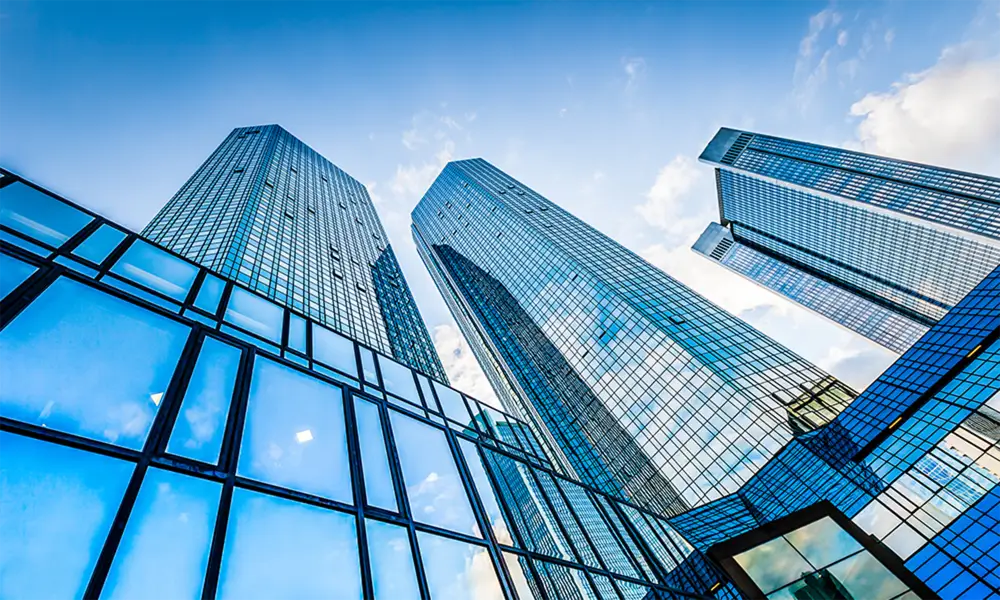

Exploring Decorative Glass Design A Fusion of Art and Functionality
Decorative glass design stands as a unique intersection between art and functionality, transforming ordinary spaces into extraordinary experiences
. From stained glass windows in historic cathedrals to modern glass sculptures that grace contemporary galleries, the versatility of glass as a medium is nothing short of remarkable. This article delves into the rich world of decorative glass design, highlighting its historical significance, various techniques, and the potential it brings to both residential and commercial spaces.Historically, decorative glass has been used for centuries, with origins tracing back to ancient civilizations. The Egyptians utilized glass in jewelry and small objects, while the Romans perfected techniques for creating translucent glass, leading to the development of stained glass windows during the Middle Ages. These windows, often depicting biblical stories and scenes, were not only functional as a source of light but also served as storytelling mediums that informed the faithful of sacred narratives.
In the modern era, decorative glass design has evolved dramatically, incorporating various techniques and styles. One popular technique is etching, where patterns or images are carved into the glass surface using abrasive materials. This method can produce intricate designs, allowing for a wide range of creative possibilities. Another popular method is sandblasting, which softens the glass surface to create frosted finishes that add elegance and privacy. Additionally, fused glass techniques involve melting pieces of glass together in a kiln to form complex shapes and textures, resulting in stunning installations ranging from wall art to functional items like plates and bowls.

Moreover, glass is increasingly embraced in architecture and interior design. Designers are leveraging its aesthetic qualities and functional benefits—such as natural light transmission and sound insulation—to create open, welcoming environments. From glass partitions to balustrades, decorative glass can elevate a space, creating a sense of lightness and fluidity. Colorful glass may be used in decorative panels, bringing warmth and vibrancy to interiors and exteriors alike.
The sustainability of glass further enhances its appeal in decorative design. As a recyclable material, glass reduces waste and environmental impact, aligning with the growing demand for eco-friendly products. Artists and designers are increasingly experimenting with repurposed glass, transforming discarded pieces into breathtaking works that tell a story of renewal.
In conclusion, decorative glass design is an art form that continues to inspire and innovate. Merging historical techniques with modern creativity, it enriches our surroundings, creating beauty and functionality in both private homes and public spaces. As we look to the future, the potential of decorative glass will likely expand, promising even more extraordinary designs that captivate the imagination and elevate our everyday experiences.